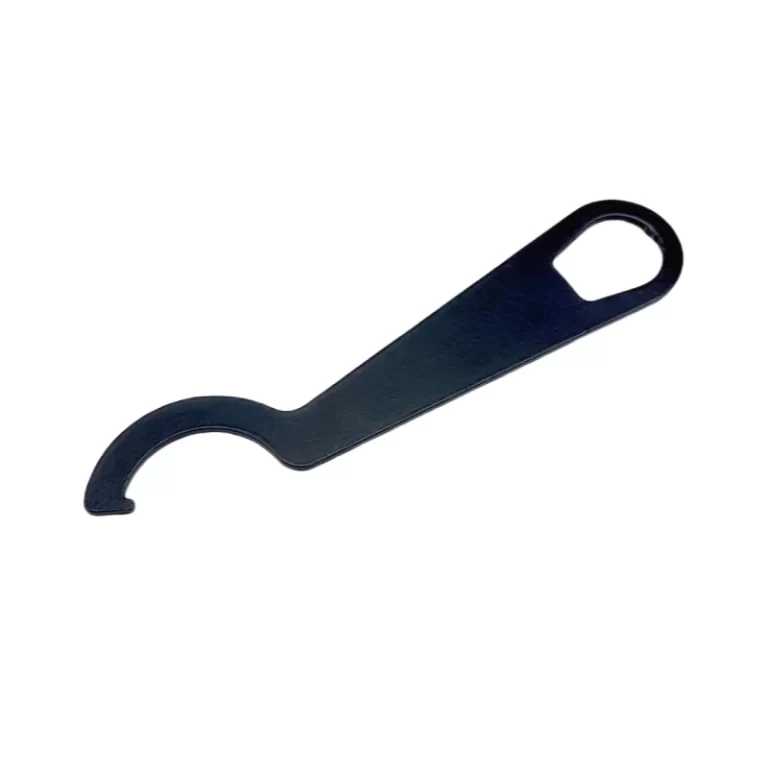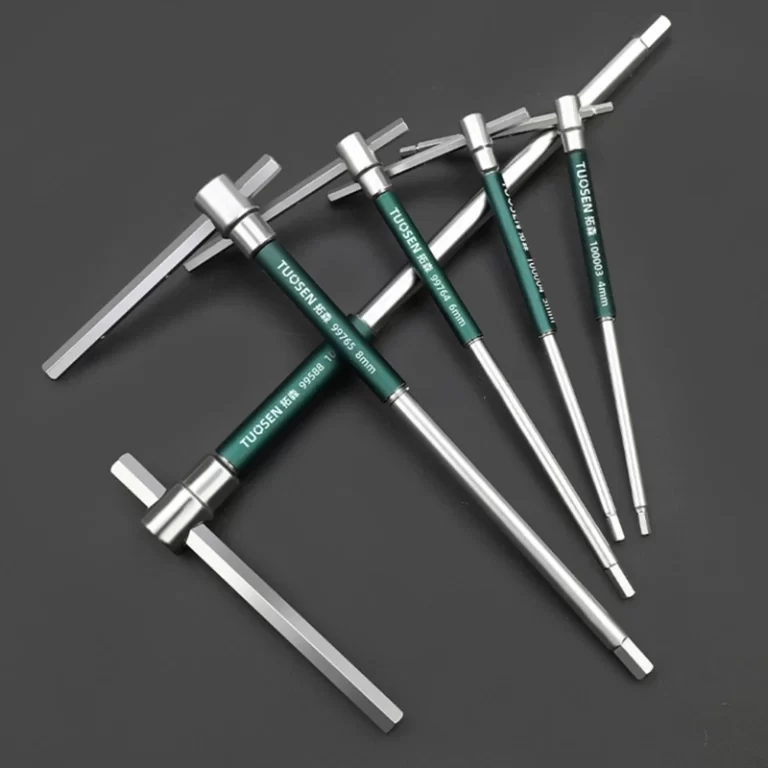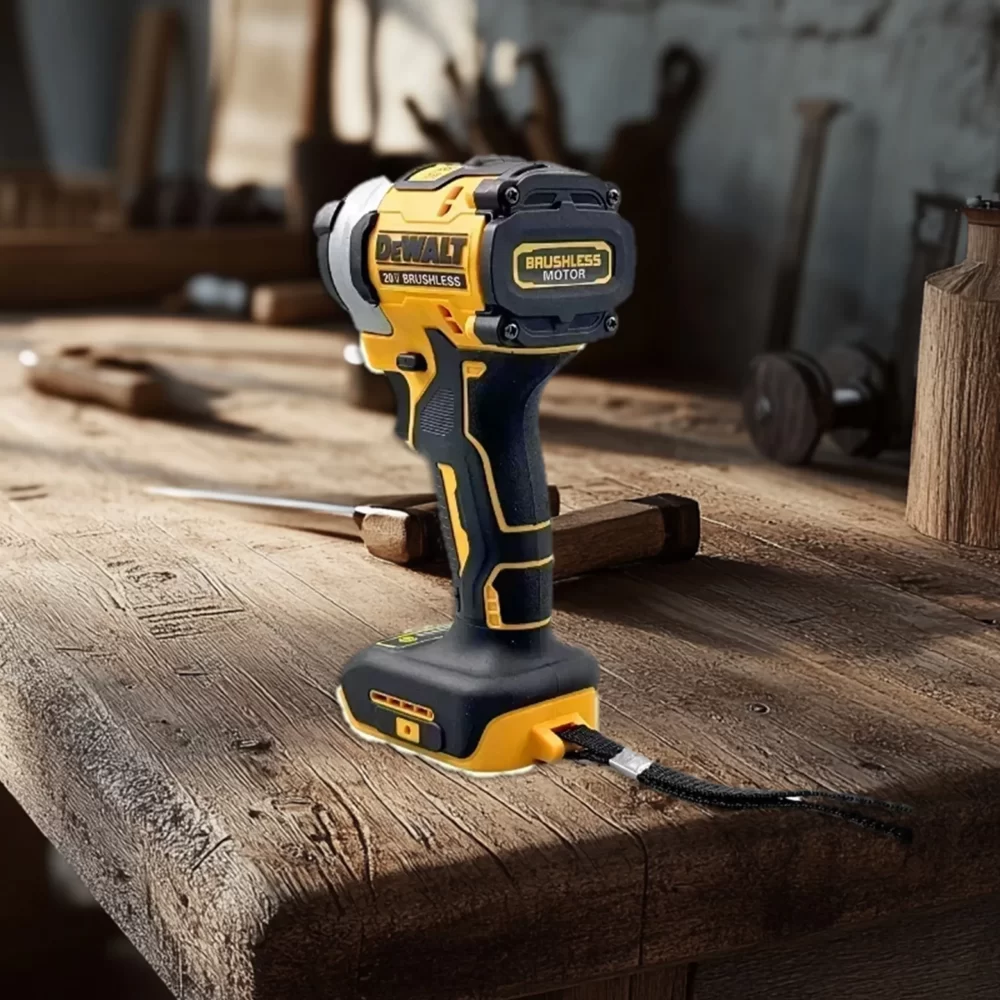
Electric Wrench Power for Fast, Effortless Bolt and Nut Work
Introduction
Electric wrenches are modern tools that simplify tightening and loosening bolts. They use electric power to deliver efficient results, making them faster than manual wrenches. With their versatility, they have become essential in various industries and DIY projects.
What is an Electric Wrench?
An electric wrench is a motor-powered tool for tightening or loosening fasteners. It uses electricity to rotate its head, which applies torque to nuts, bolts, or screws. The torque settings can be adjusted for precision. These tools reduce physical strain and save time, especially in demanding tasks.
Types of Electric Wrenches
Electric wrenches come in several types to suit different needs:
- Corded Electric Wrenches: Powered through a plug-in connection, offering consistent performance for heavy-duty tasks.
- Cordless Electric Wrenches: Battery-operated and portable, ideal for mobility and convenience.
- Impact Wrenches: Generate high torque for tough bolts or automotive tasks.
- Ratchet Wrenches: Perfect for small spaces and light-duty applications.
Each type offers unique benefits, ensuring the right wrench for every task.
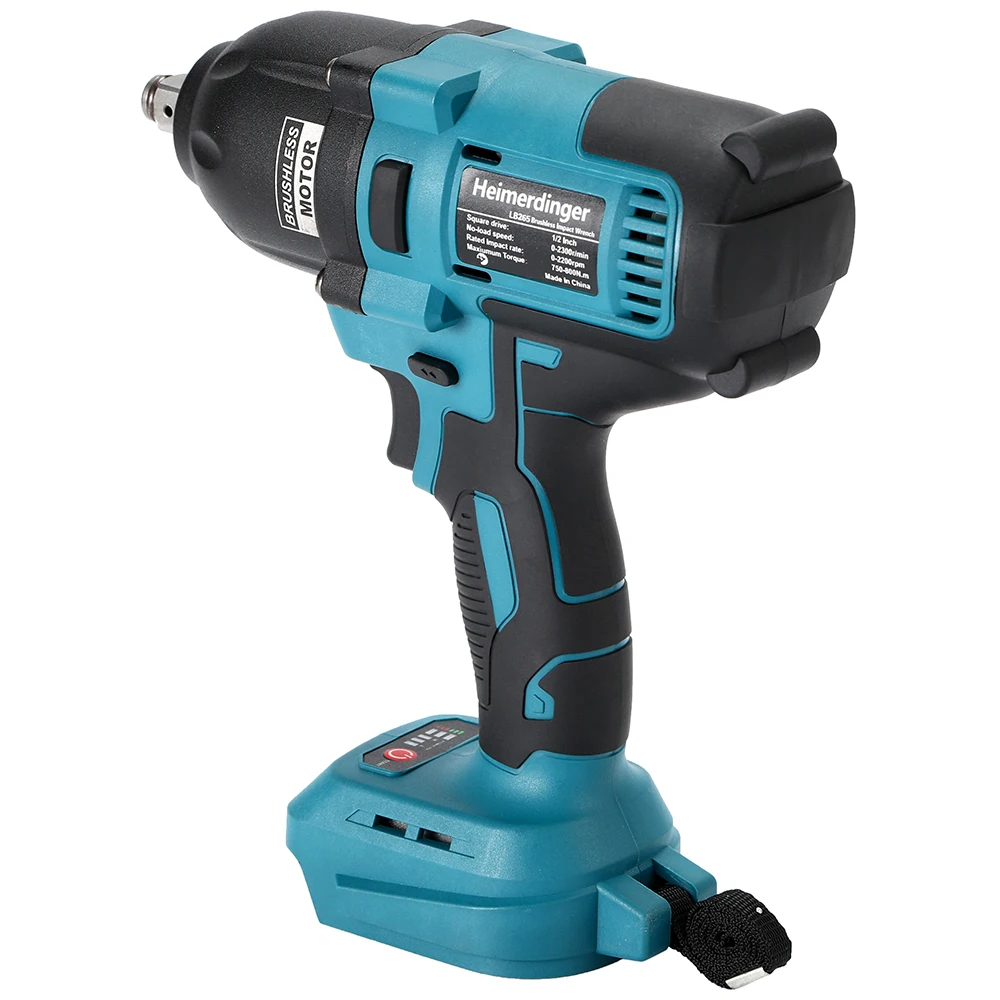 Key Benefits
Key Benefits
Enhanced Efficiency and Speed
Electric wrenches simplify tasks by delivering faster results compared to manual tools. Their motor-powered design maximizes efficiency, reducing completion time for tightening or loosening bolts. Adjustable torque settings further aid in speeding up operations, ensuring precise adjustments in less time. Professionals and DIY enthusiasts alike save energy and effort with these tools.
Reduced Manual Effort
These tools minimize the physical strain required for fastening tasks. Electric wrenches eliminate repetitive manual movements, offering automated handling with a simple trigger press. This reduced effort is especially helpful during long, demanding projects. Users can work efficiently without fatigue, boosting overall productivity.
Precision and Accuracy in Torque Control
Electric wrenches provide advanced torque settings for detailed accuracy in fastening operations. These settings ensure bolts, screws, or nuts are tightened perfectly, avoiding overtightening or loosening. Precision control is crucial in tasks like automotive repairs or construction, where accuracy impacts safety and functionality. The tool’s ability to customize torque makes it superior for various applications.
Applications
Electric wrenches are versatile tools widely used across industries and homes. They provide efficiency and precision, making them indispensable for various applications.
Industrial Use Cases
Electric wrenches serve a critical role in heavy-duty industrial applications. These tools excel in assembling machinery, securing large bolts, and maintaining equipment. Factories benefit since electric wrenches ensure tight, precise fastening. Large-scale construction projects also rely on electric wrenches for structural work. Their ability to handle tough bolts and nuts boosts productivity and reduces labor efforts.
Automotive Industry Applications
Electric wrenches are essential in the automotive sector. They simplify tire-changing tasks and engine repairs. Mechanics use them for quick, precise fastening and loosening of vehicle components. Impact wrenches are particularly popular for their high torque capability. They effortlessly handle stubborn bolts in chassis work or suspension systems. This speeds up repair and maintenance operations, saving both time and energy.
DIY and Home Projects
Electric wrenches are great for personal use in DIY and home projects. They assist in furniture assembly, appliance repairs, and general maintenance. These tools benefit homeowners by making repair jobs easier without professional help. Ratchet wrenches, for example, work efficiently in small spaces. Cordless models offer portability, ensuring convenience during outdoor repairs or installations. Their simplicity makes them popular among DIY enthusiasts.
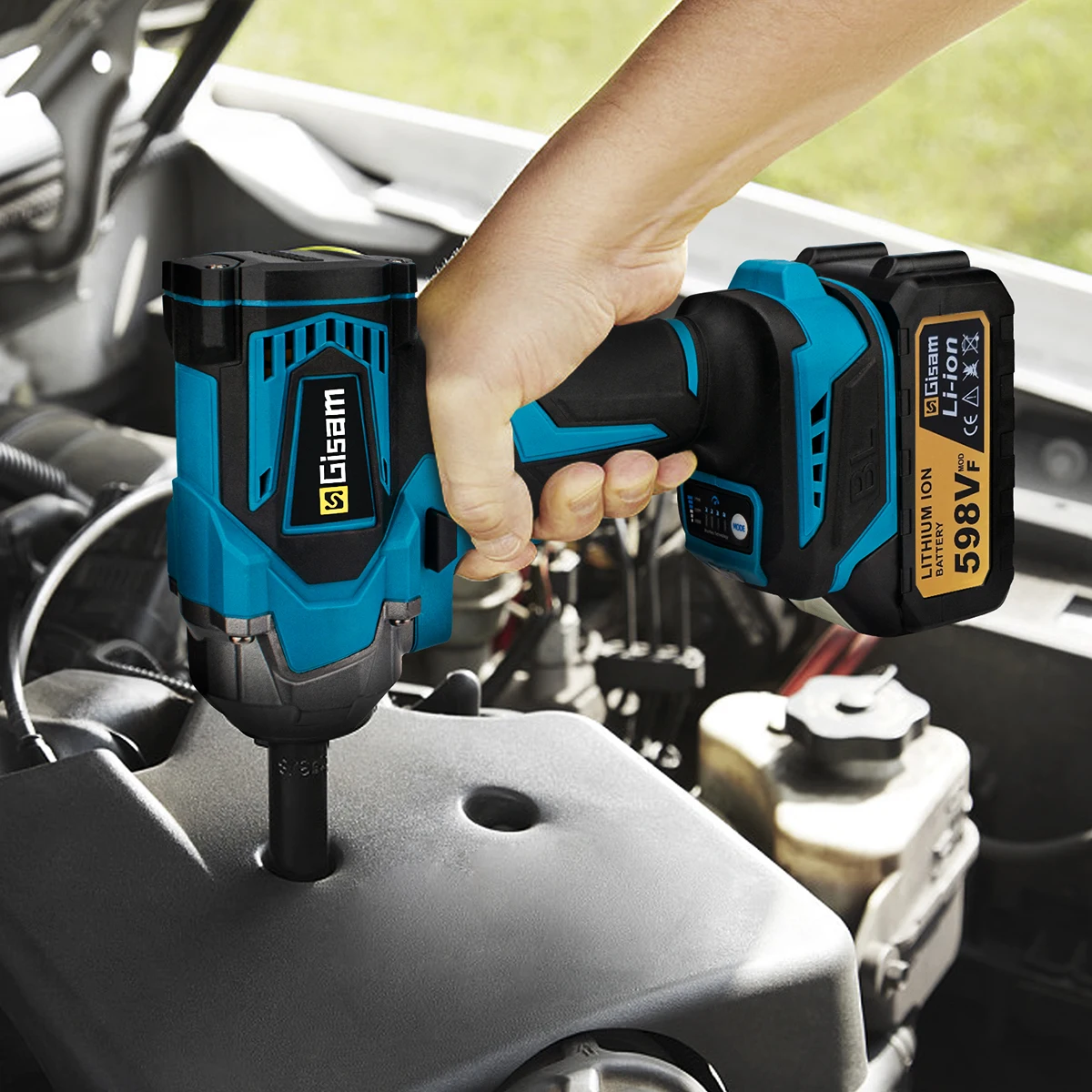 Comparison Between Electric Wrenches and Manual Wrenches
Comparison Between Electric Wrenches and Manual Wrenches
Electric wrenches and manual wrenches both serve the same purpose but differ greatly in design and functionality. Understanding their unique aspects can help decide which tool fits your needs.
Performance and Ease of Use
Electric wrenches outshine manual wrenches in performance. They deliver powerful torque quickly, reducing work time. Manual wrenches, on the other hand, require more physical effort and time. Electric models offer features like adjustable torque, making them more precise for complex tasks. Manual wrenches are simple and practical but lack efficiency in demanding jobs. For frequent users, electric wrenches ensure comfort and ease of use during long sessions.
Cost Considerations
Electric wrenches are typically more expensive than manual wrenches upfront. Their advanced features and technology drive up the price. Additionally, battery-powered models may require replacement batteries, adding to long-term costs. Manual wrenches are affordable and involve little to no maintenance expense. However, over time, the efficiency and reduced labor of electric wrenches can justify their cost. Users must weigh cost against their frequency and type of use when deciding on a wrench.
Maintenance and Durability
Electric wrenches require periodic maintenance to ensure optimal performance. Battery care, cleaning, and motor checks may be necessary. They are more prone to wear from heavy usage compared to manual wrenches. Manual wrenches, made from durable materials, often last longer with minimal upkeep. However, they may wear your hands faster on tough tasks. Choosing between them depends on your priority: low maintenance or high performance.
Tips for Choosing the Right Wrench
Choosing the right electric wrench ensures efficiency, accuracy, and value for your work. Here are key guidelines to help you make an informed decision.
Important Features to Look For
- Torque Settings: Look for adjustable torque settings to handle different tasks with precision.
- Power Source: Decide between corded for consistent power or cordless for portability and convenience.
- Motor Performance: Check motor power for robustness, especially for heavy-duty industrial or automotive work.
- Ergonomics: Opt for an easy-to-hold design that minimizes strain during prolonged use.
- Battery Life: For cordless models, ensure long-lasting batteries for extended operation.
- Weight and Size: Choose a lightweight and compact design for mobility and tight spaces.
- Durability: Pick a model made of high-quality materials to ensure longevity and reliability.
Matching Features to Your Needs
- For Industrial Applications: Choose corded wrenches and models with high torque settings for tough bolts.
- For Automotive Use: Impact wrenches are best; they handle stubborn bolts with high torque.
- For DIY Projects: Cordless wrenches or ratchet wrenches are ideal due to portability and ease of use.
- Space Constraints: Opt for compact designs that work efficiently in tight spaces.
- Frequent Use: Invest in ergonomic and durable wrenches to minimize strain and maximize lifespan.
Trusted Brands and Models
- Makita: Offers reliable cordless wrenches for professional and DIY use.
- DeWalt: Renowned for durable motors and high torque models suitable across industries.
- Bosch: Known for ergonomic, compact designs with excellent precision features.
- Milwaukee: Popular for impact wrenches with powerful torque settings for automotive tasks.
- Ryobi: Budget-friendly options without compromising on battery life or durability.
By evaluating your requirements carefully, you can pick the perfect electric wrench for your projects.
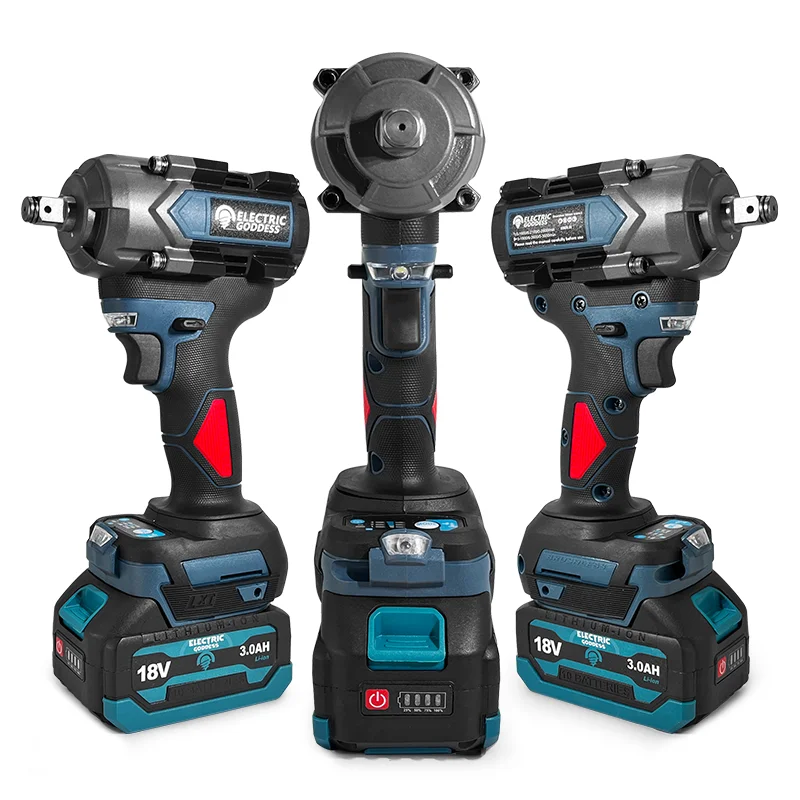 Key Features to Consider When Buying an Electric Wrench
Key Features to Consider When Buying an Electric Wrench
Choosing the best electric wrench requires attention to specific features.
First, torque output determines power. Measured in foot-pounds (ft-lbs) or Newton meters (Nm), higher numbers mean stronger performance. For automotive work, look for at least 300 ft-lbs.
Second, battery life matters for cordless models. Check voltage and amp-hours (Ah). A 5.0 Ah battery lasts longer than a 2.0 Ah unit. Fast-charging capability adds convenience.
Also, weight and ergonomics affect comfort. Lightweight designs reduce arm fatigue. Rubberized grips improve handling and reduce vibration.
In addition, variable speed settings enhance control. Low speeds for delicate tasks, high speeds for efficiency. Triggers with progressive response offer better precision.
Moreover, include extra batteries or chargers. Having a spare extends uptime. Some kits bundle multiple accessories for immediate use.
Noise level is another factor. Some models operate quietly, which is helpful in indoor or residential areas. Look for decibel ratings if noise is a concern.
LED work lights improve visibility. Especially useful in dim garages or under vehicles. Automatic activation upon trigger pull adds ease.
Auto-shutoff features prevent overtightening. Once target torque is reached, the tool stops. This protects threads and materials.
Finally, brand reputation and warranty support matter. Trusted brands offer better customer service and longer guarantees. Read reviews before purchasing.
These features help narrow down choices and ensure long-term satisfaction.
Safety Guidelines
Electric wrenches are powerful tools that require proper handling for safe use. Following basic safety rules minimizes accidents and ensures efficient operation.
Proper Handling Techniques
- Read the Manual: Understand the tool’s instructions and features before using it.
- Secure the Workpiece: Ensure bolts, nuts, or parts are steady before operation.
- Use the Right Torque Setting: Adjust torque to match the task to avoid damage.
- Inspect the Tool: Check for any wear or damage before each use.
- Hold with a Firm Grip: Maintain control to prevent slips or accidents during operation.
- Avoid Over-Tightening: Stop once the fastener is secure to prevent stripping or damage.
Protective Gear Recommendations
- Wear Safety Glasses: Protect your eyes from flying debris.
- Use Gloves: Prevent hand injuries and improve grip.
- Hearing Protection: Minimize noise exposure in industrial or automotive work.
- Work Boots: Protect your feet during heavy-duty tasks.
- Dust Mask: Use in dusty environments or during prolonged indoor work.
Common Avoidable Mistakes
- Skipping Maintenance: Clean and maintain the wrench to avoid malfunctions.
- Improper Storage: Store in a dry place to prevent rust or battery damage.
- Overloading the Tool: Avoid using the wrench for tasks beyond its capacity.
- Ignoring Torque Settings: Using the wrong settings can damage both tool and fastener.
- Not Checking Power Supply: Ensure the corded or cordless wrench has sufficient power.
Adopting these safety measures reduces risks and ensures your electric wrench operates effectively.
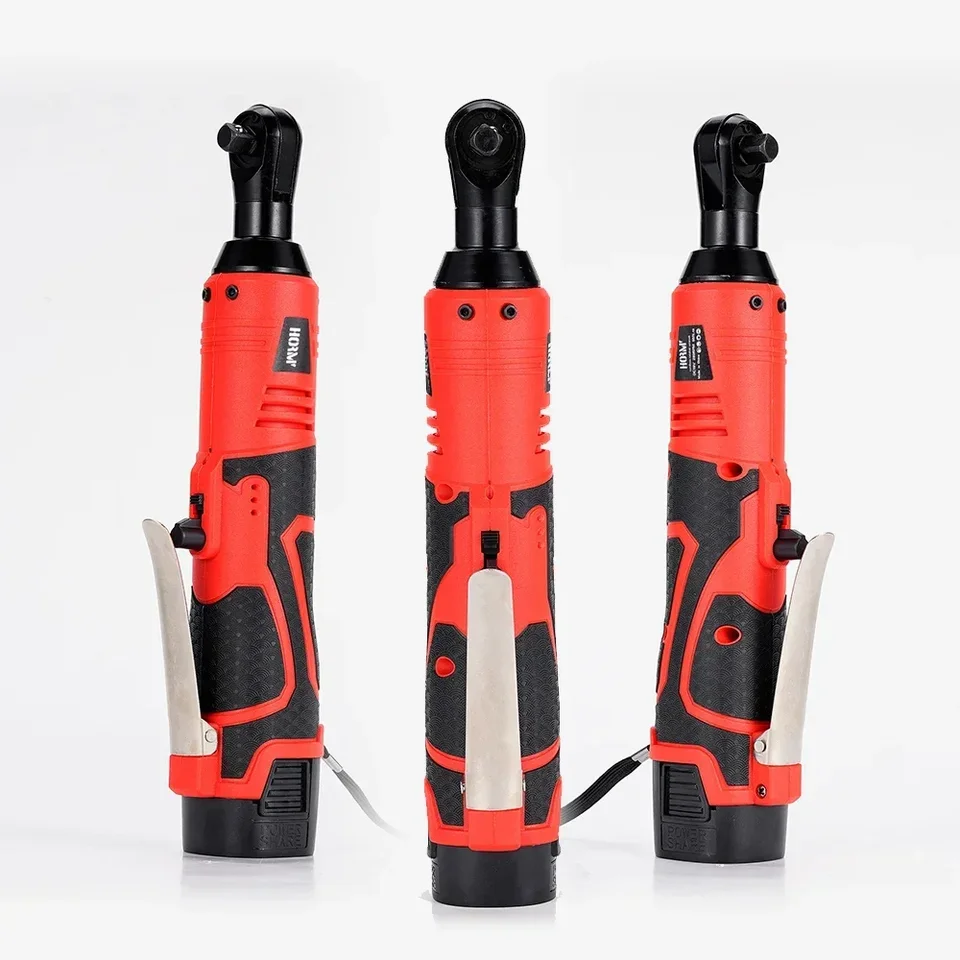 Common Uses of the Electric Wrench Across Industries
Common Uses of the Electric Wrench Across Industries
The electric wrench serves a wide range of applications.
In automotive repair, it removes and installs lug nuts during tire changes. Mechanics use it for engine assembly, suspension work, and brake jobs. Its speed keeps service bays moving.
Construction crews rely on it for steel framing and structural bolting. Large beams require high torque, which electric wrenches deliver consistently.
Manufacturing plants use programmable models for assembly lines. Robots or workers tighten hundreds of bolts daily with uniform force. Quality control improves as a result.
HVAC technicians use compact electric wrenches for ductwork and unit installation. They save time when securing panels or mounting systems.
Aerospace engineers apply torque-controlled wrenches for aircraft maintenance. Precision is non-negotiable here. Even slight deviations can compromise safety.
Homeowners find them useful for deck building, fence installation, or appliance assembly. Tasks that once took hours now finish in minutes.
Farm equipment repair benefits from rugged, high-torque models. Tractors and harvesters have large bolts that resist manual tools.
Even event setup crews use them for stage construction. Quick assembly and disassembly are crucial for tight schedules.
From factories to garages, the electric wrench proves its value across countless fields.
Frequently Asked Questions
Many people have recurring questions before buying.
Q: Can I use an electric wrench for both tightening and loosening?
Yes. Most models offer forward and reverse modes. This allows easy removal and installation of fasteners.
Q: Are electric wrenches safe for beginners?
Yes, if used properly. Always read the manual and wear safety gear. Start with lower torque settings to gain confidence.
Q: Do I need special sockets?
No. Standard impact-rated sockets fit most electric wrenches. Avoid cheap chrome sockets—they can shatter under pressure.
Q: How long do batteries last?
It depends on usage. A fully charged 5.0 Ah battery may last 2–4 hours of continuous use. Light-duty tasks extend runtime.
Q: Can I leave the battery on the charger?
Modern chargers stop charging when full. However, remove it after charging to prolong battery health.
Q: Are electric wrenches waterproof?
Most are water-resistant, not waterproof. Avoid submerging them. Wipe clean after exposure to moisture.
Q: What maintenance does an electric wrench need?
Keep it clean and dry. Lubricate moving parts occasionally. Inspect cords and batteries for damage.
These answers help users make informed decisions and stay safe.
 Conclusion
Conclusion
Summary of Benefits
Electric wrenches offer significant advantages in efficiency, speed, and precision. They reduce manual labor and improve accuracy with adjustable torque settings. From industrial tasks to DIY projects, their versatility is unmatched. Professionals and hobbyists benefit from these tools, enjoying both time savings and enhanced performance. Electric wrenches are a reliable choice for handling various fastening jobs with ease.
The Future of Electric Wrenches
The future of electric wrenches looks promising with continuous innovations. Manufacturers are focusing on lighter, more compact designs for better portability. Enhanced battery technology is improving runtime for cordless models. Smart features, such as digital torque settings, are being integrated for precise applications. These advancements aim to simplify usage while boosting performance and durability. With growing demand across industries, electric wrenches will continue evolving into indispensable tools for modern tasks.
